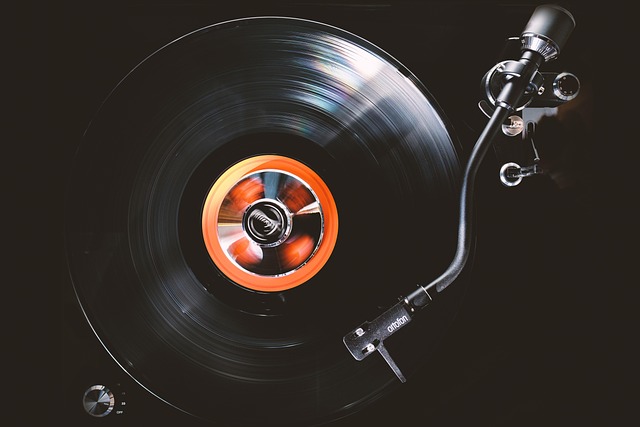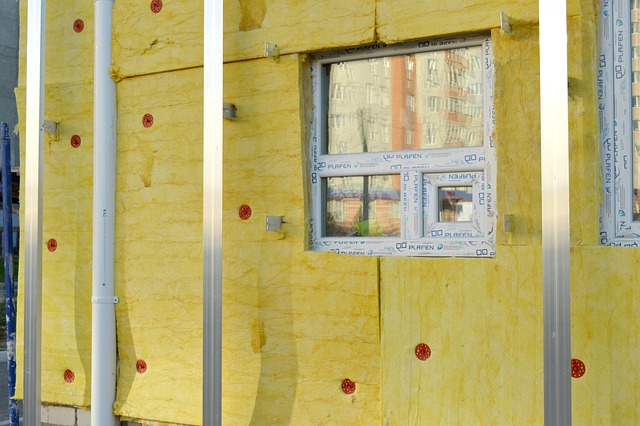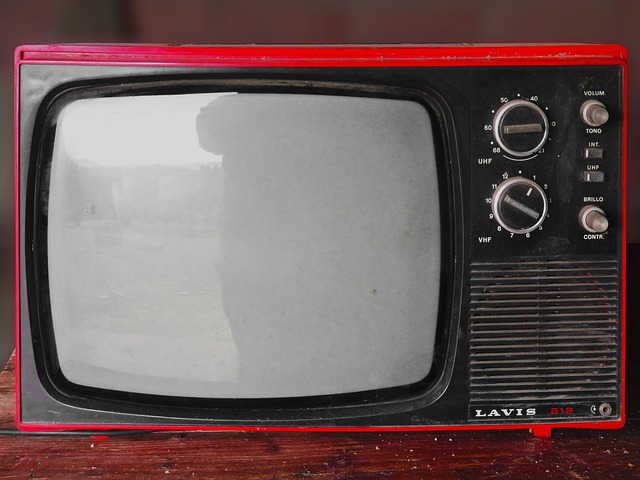In an era dominated by digital sound and visual supremacy, there’s a growing appreciation for the smooth, rich tones of analog audio. This resurgence isn’t confined to music; it’s extending into various aspects of media, including television and the classic monitors that once graced living rooms worldwide. As we explore the intersection of analog audio with vintage display technology, we rediscover the aesthetic charm and the unique qualities of older devices that shaped our viewing experiences.
Television technology has evolved dramatically over the years, moving from bulky cathode-ray tube (CRT) screens to sleek LCD and OLED displays. Yet, there’s something undeniably warm and nostalgic about the flickering images on those classic CRT monitors. Not only did these monitors provide a captivating visual experience, but they also complemented the full-bodied sounds of analog audio systems. The synergy between crisp images and rich sound created a holistic experience that many contemporary devices strive to replicate but often fall short of achieving.
One of the magnetic features of CRT technology was its ability to render colors with depth and vibrancy that many modern digital displays can struggle to replicate. The curvature of these screens contributed to a unique perspective, immersing viewers in the experience, almost as if inviting them into the narrative. Coupled with quality analog audio, such as vinyl records spinning on a turntable or a classic reel-to-reel tape deck, the result is nothing short of magical. The warm crackles and hums of vinyl typically add a layer of authenticity to the sound that bright digital formats simply cannot reproduce.
As you delve into the world of vintage displays, you’ll find that many old TV monitors were designed with a tactile quality that feels intimately connected to the user. Each knob turned, each button pressed, resonates with a sense of nostalgia. This tactile experience is often lost in modern touch-screen interfaces where haptic feedback is the only connection to the device. In the realm of analog audio, that very touch translates to a deeper engagement with the media. It’s about the experience and the ritual that goes into setting up equipment, flipping through vinyl records, or adjusting the frequencies to find that perfect sound.
In recent years, various tech enthusiasts and audiophiles have taken to reviving these classic devices, breathing new life into them while pairing them with modern technology. There’s a thriving community passionate about enhancing the connectivity of vintage monitors with contemporary devices, creating a beautiful juxtaposition of past and present. Imagine watching your favorite series on an old 1970s CRT while listening to the subtle sounds of analog audio—there’s an unparalleled charm in that combination.
Moreover, the aesthetics associated with vintage monitors and analog audio are becoming increasingly appealing. Designers and decorators are embracing retro styles, often utilizing old TVs and audio equipment as statement pieces in homes and cafes. It highlights the notion that technology, while advancing rapidly, can also carry profound historical significance. There’s an artistic beauty in these older styles that calls out to many who yearn for a time when things felt more tangible and less ephemeral.
As we move forward in technology, it’s essential to reflect on the past and what analog audio means in terms of both sound and visual art. The tactile interaction, the rewarding ritual of engagement, and the warmth of the audio experience link us back to our roots. It reminds us that while innovation is vital, nostalgia offers comfort, and the melding of old and new can lead to truly outstanding audio-visual experiences. With this foundation, exploring the vibrant world of classic TV monitors and analog audio technology inspires a deeper understanding of how far we’ve come, while also sparking curiosity about what delights await us on the horizon.



